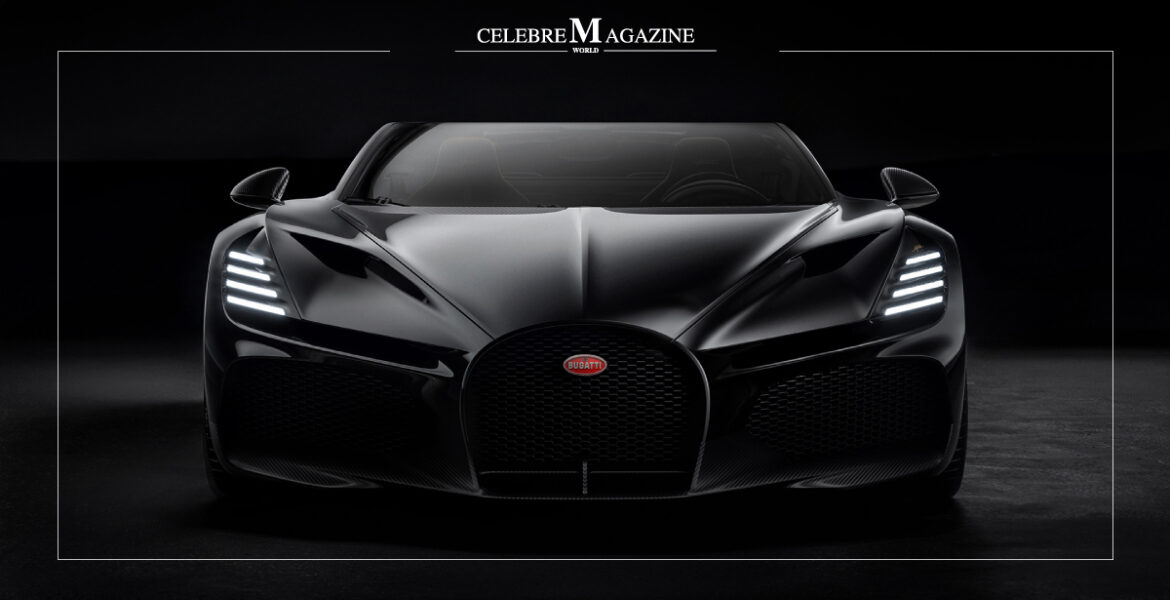This August, at the annual motorsports The Quail event in the USA, Bugatti revealed their brand-new revolutionary roadster, W16 Mistral. Preparing to enter the electric era, Bugatti is bidding farewell to the internal combustion era: the W16 Mistral is the last road-going model equipped with the mighty 16-cylinder, 8.0-litre engine. The Bugatti W16 Mistral is going to go down in history, and here is why.
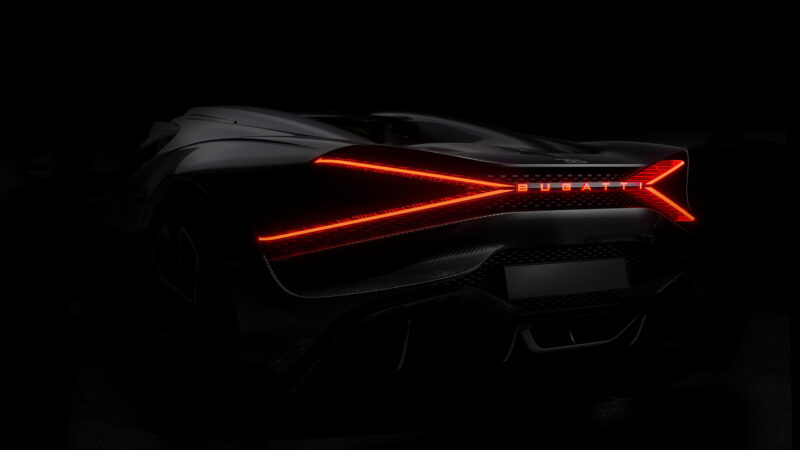
With the supreme power of the 1,600 PS W16 Quad-Turbo, the W16 Mistral delivers dizzying high speeds in a body built for winding across scenic vistas. The air intake is placed right behind the driver’s and the passenger’s seats so that you can hear the distinctive and powerful roar of the engine as you drive. Indeed, the model derives its name from the strong wind blowing across southern France.
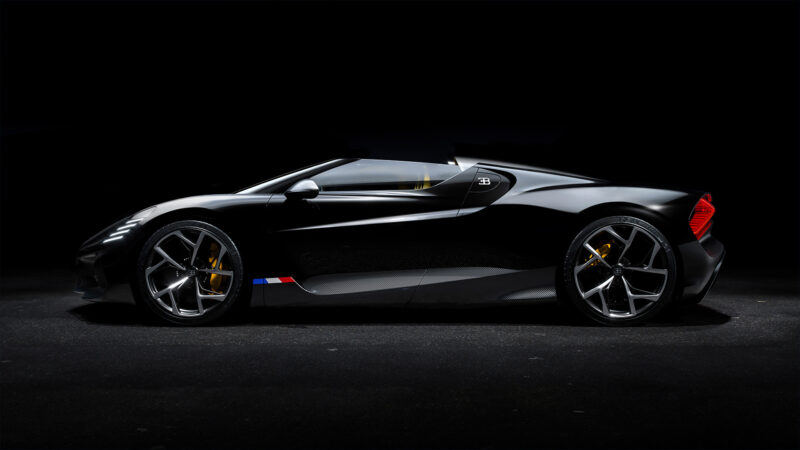
Driving the W16 Mistral will undoubtedly be an unforgettable experience, feeling the wind, hearing the roar of this monster of a car, and sensing the acceleration within your whole body. The model can go as fast as 420 km/h, which is a record speed. Indeed, the W16 Mistral has all the chances of becoming the fastest roadster in the world.
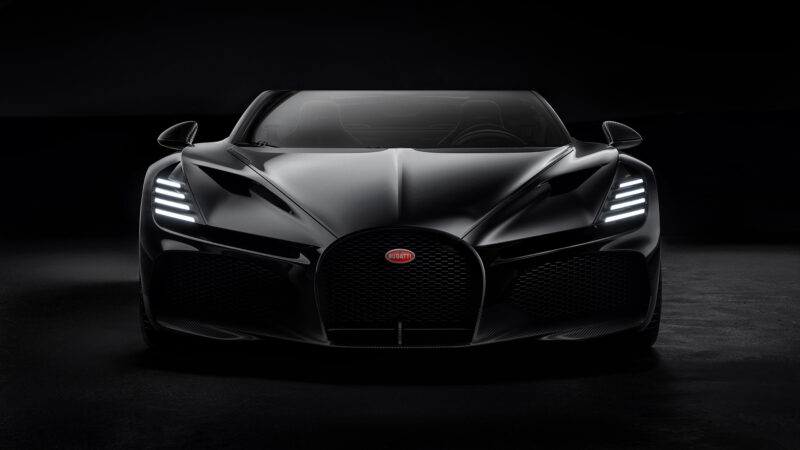
The last of its kind, the W16 Mistral pays tribute to the most iconic Bugatti classic and contemporary models. Although Chiron-based, the model is roofless and is largely inspired by Bugatti Type 57 Roadster Grand Raid dating from 1934. The reference is traceable in the V-shaped windscreen as well as the roof-mounted dual air scoops to cool the engine (in recent times, also realised in the Veyron 16.4 Grand Sport).
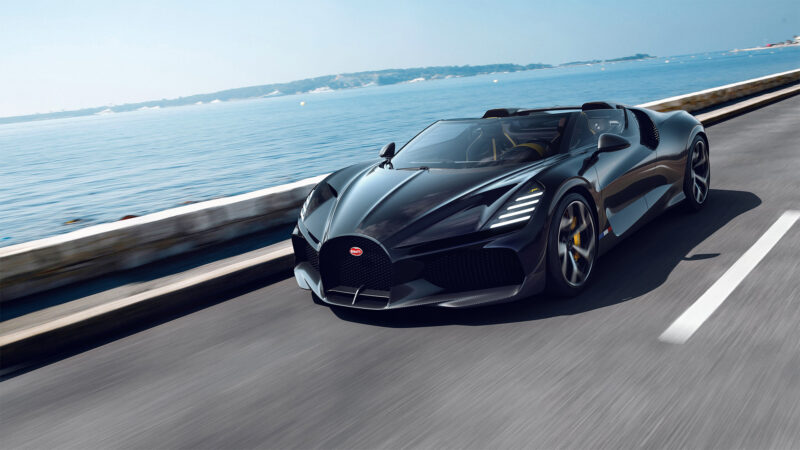
The X-theme taillights are an elegant reference to the sportscar Bugatti Bolide. There are four headlights, a subtle hint at the four turbos and the four-wheel-drive. The LED headlights are vertically oriented, reminding us of the Divo and La Voiture Noire. Notably, the LEDs’ three-dimensional surface helps reduce aerodynamic drag and thus boost performance. Additionally, they contribute to the cooling system of the engine.
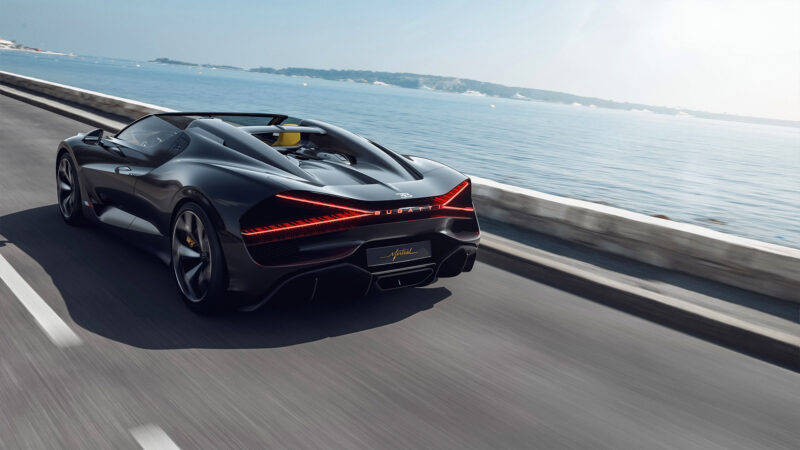
The interior of the W16 Mistral is remarkable. It is completely hand-crafted and is carried out in a wonderful blending of black, dark truffle brown, pale driftwood, and vivid yellow. The colour combination retains a stylish and technical look and reflects the personal preferences of Ettore Bugatti himself. The master was known to favour cars in black and bright yellow. The W16 Mistral thus honours Ettore Bugatti’s collection and vision. First time in a W16 Bugatti, the door panels are adorned with a handwoven leather pattern unique to the model.
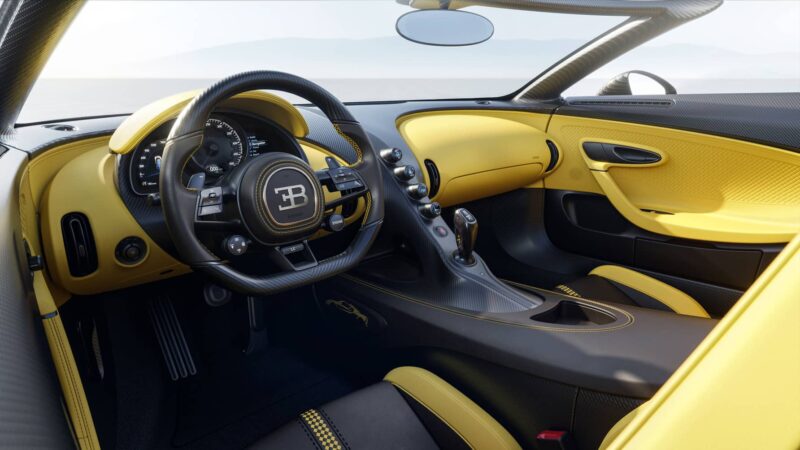
The gear shifter is a piece of art of its own. It is crafted from a solid aluminium block containing wood accents and an amber insert. Within the amber, we can see the legendary “Dancing Elephant”. Ettore Bugatti’s brother Rembrandt was a famous sculptor, and the figure of a dancing elephant was one of his most notable works. The exact figure embellished Bugatti Type 41 La Royale from 1933, of which only six units exist. Moreover, the W16 Mistral gear shifter can be personalised, and the 3D elephant can be replaced by a figure of significance to you.
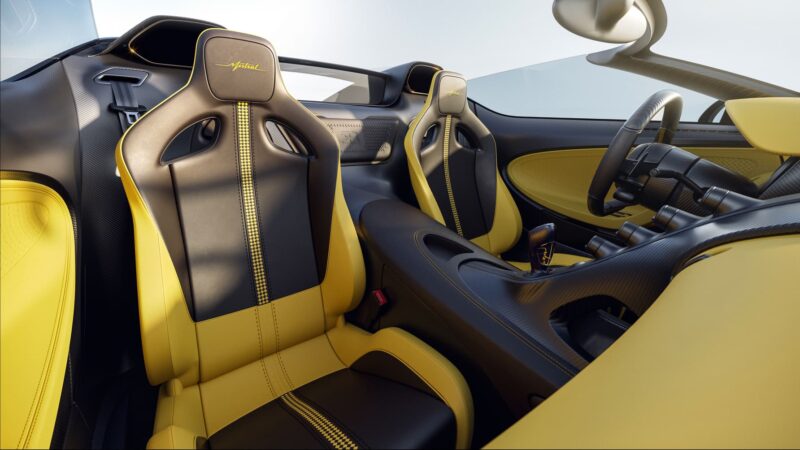
The last of its kind and the future icon, the W16 Mistral is a true masterpiece. It interweaves the iconic brand’s past and the stunning present, unites extraordinary speed and artistic chic, and pays tribute to the taste of the mighty founder of Bugatti. Besides, how fantastic would it feel to be able to say that you own the very last W16 Bugatti ever produced. The W16 Mistral edition is extremely exclusive. There are only 99 limited units produced, and I had spoken for all of them before the model premiered.
Enjoy even more @ Bugatti World
Article edit by Anastasia Fedosova
LinkedIn: Anastasia Fedosova

